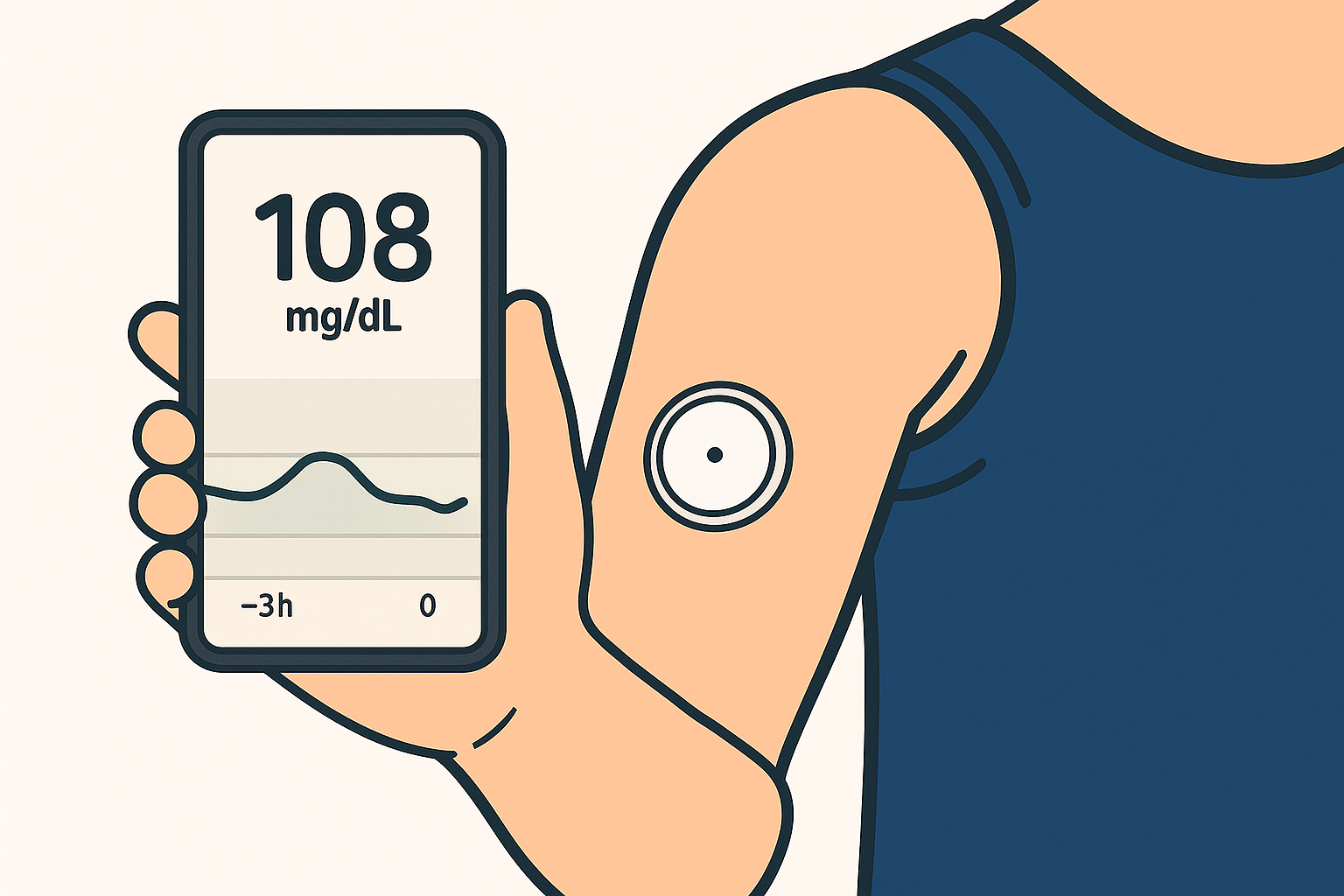
Steady glucose-monitor use helps blood sugar control
Adults with type 2 diabetes who consistently use continuous glucose-monitor devices experience significantly greater blood-sugar control than those who use such a device infrequently or not at all, new research shows.
The study, which reviewed electronic medical data, was published Oct. 31 in JAMA Network Open.
In a study of 9,258 patients, researchers found that those who wore a glucose monitor at least 75% of the time had the greatest improvement in hemoglobin A1c levels after one year. Hemoglobin A1c, or HbA1c, is a protein in red blood cells that reflects a person's average blood-sugar level.
On average, these high-frequency users saw their HA1c levels drop 1.52 percentage points, compared with a 0.63 percentage point reduction among patients who did not use the device.

Participants who used their monitoring device most consistently also showed the fastest initial improvements: They achieved significant HbA1c reductions within three months. While some moderate users plateaued after six months, those who frequently wore their monitors maintained benefits throughout the full year.
The advantages of wearing the device full-time surprised UW Medicine endocrinologist and corresponding author Dr. Irl Hirsch.
Type 1 diabetes patients and their doctors have long understood the importance of continuous monitoring, Hirsch noted. But type 2 diabetes patients typically wear a continuous glucose monitor for just a few weeks before their appointment with their doctor and then review results.
The research team also did not expect that the drop in HbA1c levels would be so dramatic among those who wore the monitor full time, versus the drops among members of a control group who wore the device infrequently or not at all.
“This evidence suggests that wearing a glucose monitor prompts them to behave better when they see the data in real time, without taking any breaks from wearing it,” Hirsch said. “I didn’t realize that.”
In addition, patients who combined high-frequency device use with a GLP-1 drug experienced even greater improvements. They showed an average treatment difference of 1.13 percentage points, compared with controls, after one year.
When patients on GLP-1 drugs were compared with the control group, the results were again dramatic, Hirsch noted. The difference between the groups is the impact of continuous glucose monitoring, the authors noted.
“That was incredible for me,” he said.
This study shows that consistency matters, the authors noted: Patients who wear their monitoring devices regularly can see meaningful, lasting improvements in blood-sugar control, which translates to lower risk for long-term diabetes complications.
The researchers noted that clinicians should review continuous-monitor use at six months, identify potential barriers, and reinforce the benefit of their monitor to sustain results. Study authors noted that the six-month mark seemed to be when patients’ monitoring dropped off.
The study used administrative claims from Optum de-identified Market Clarity Data, one of the largest commercially available U.S. databases that includes electronic medical record and claims information. The study included claimants between June 30, 2019, and Jan. 5, 2023. This study was funded by Roche Diagnostics.